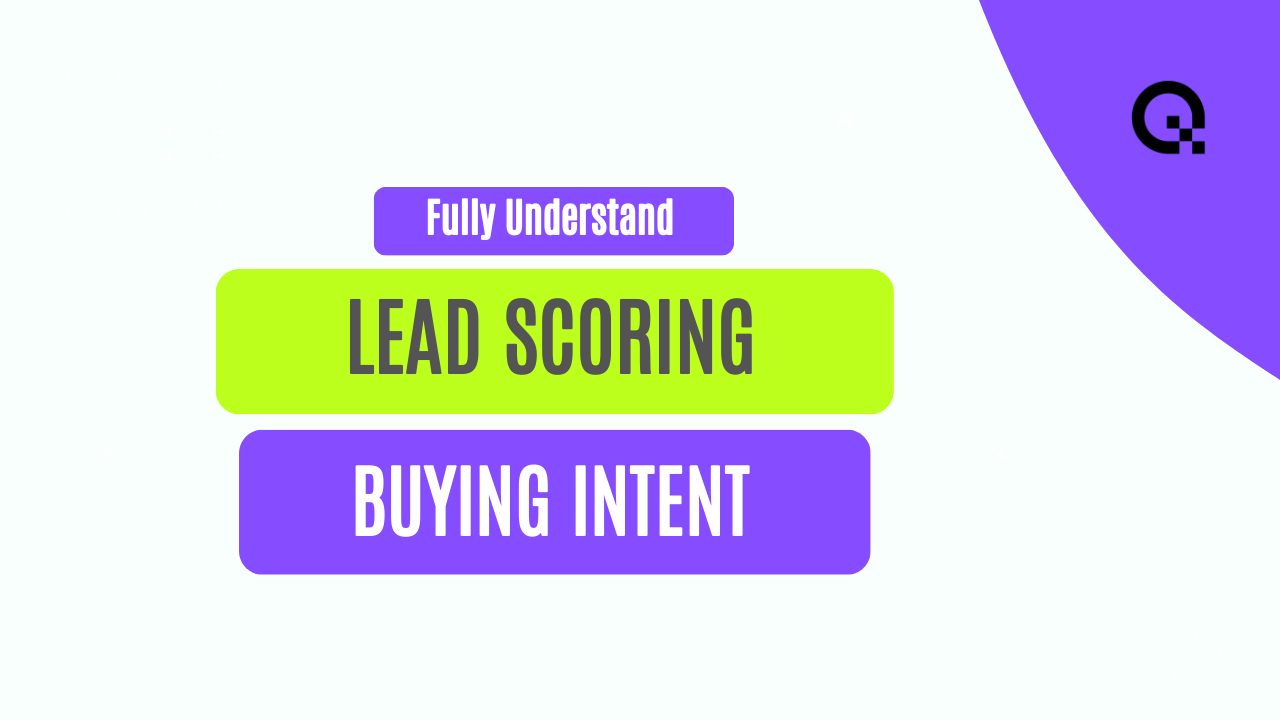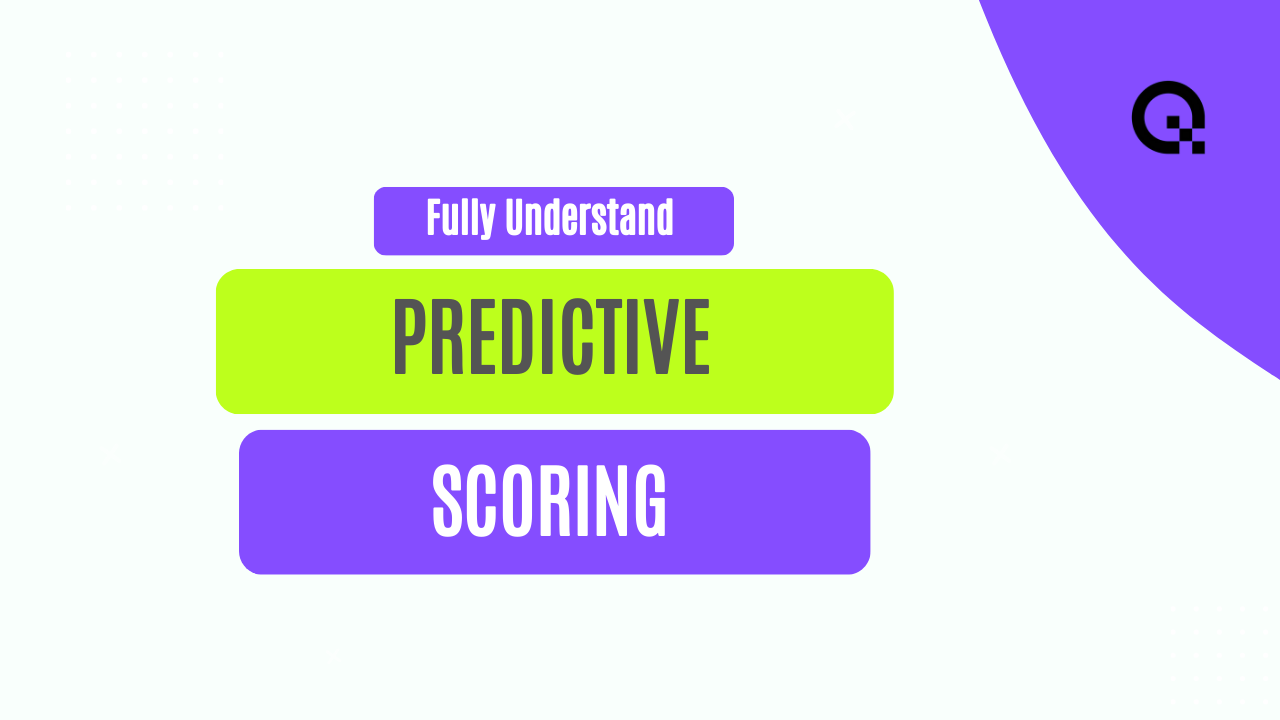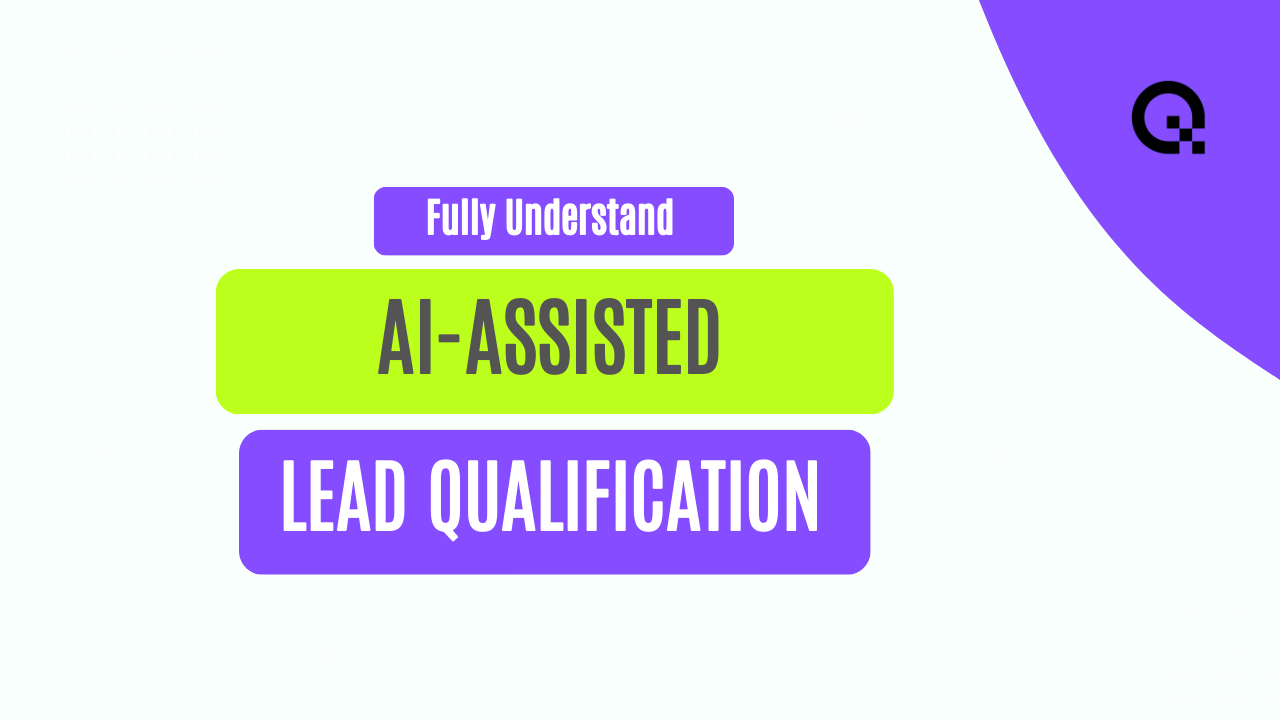Predictive Lead Scoring Based on Buying Intent
In the world of marketing, lead generation is the lifeblood of any successful business. However, not all leads are created equal. Some leads are more likely to convert into customers than others, and identifying these high-quality leads can significantly impact a company's bottom line. This is where predictive lead scoring based on buying intent comes into play.
Understanding Predictive Lead Scoring
Predictive lead scoring is a data-driven process that uses historical data and machine learning algorithms to predict which leads are most likely to convert. By analyzing a variety of factors, such as demographics, behavior, and engagement history, predictive lead scoring can assign a score to each lead indicating their likelihood to make a purchase.
Traditional lead scoring methods often rely on manual input and subjective criteria, leading to inconsistencies and inaccuracies. Predictive lead scoring, on the other hand, leverages the power of artificial intelligence and predictive analytics to provide a more accurate and reliable assessment of lead quality.
One of the key advantages of predictive lead scoring is its ability to identify buying intent. By analyzing factors such as website visits, content downloads, email interactions, and social media engagement, predictive lead scoring can determine which leads are actively researching products or services and are more likely to make a purchase in the near future.
The Role of Buying Intent in Lead Scoring
Buying intent is a crucial indicator of a lead's readiness to purchase. Leads exhibiting strong buying intent are more likely to convert quickly and require less nurturing, making them highly valuable to sales teams. By incorporating buying intent into the lead scoring process, businesses can prioritize high-intent leads and focus their resources on prospects with the highest likelihood of conversion.
Identifying buying intent can be challenging using traditional lead scoring methods, as they often lack the granularity and predictive power necessary to differentiate between casual browsers and serious buyers. Predictive lead scoring, with its ability to analyze vast amounts of data and detect subtle buying signals, offers a more nuanced and accurate assessment of lead intent.
By combining buying intent with other key lead scoring criteria, such as demographic information, firmographics, and engagement history, businesses can create a comprehensive lead scoring model that prioritizes leads based on their likelihood to convert and aligns sales and marketing efforts for maximum impact.
Implementing Predictive Lead Scoring Based on Buying Intent
Implementing predictive lead scoring based on buying intent requires a strategic approach and the right technology infrastructure. Businesses must first define their ideal customer profile and establish clear criteria for identifying buying intent, such as specific actions or behaviors that indicate a lead is ready to purchase.
Next, businesses need to gather and analyze the data necessary to train their predictive lead scoring model. This may involve integrating data from various sources, such as CRM systems, marketing automation platforms, and website analytics tools, to create a comprehensive view of each lead's interactions and behaviors.
Once the predictive lead scoring model is trained and validated, businesses can begin scoring leads based on their buying intent and prioritizing high-intent leads for sales outreach. Continuous monitoring and optimization of the lead scoring model are essential to ensure its accuracy and effectiveness over time.
The Benefits of Predictive Lead Scoring
Predictive lead scoring based on buying intent offers several key benefits for businesses looking to improve their lead generation and conversion rates. By focusing on leads with high buying intent, businesses can:
1. Increase conversion rates: By prioritizing leads that are more likely to convert, businesses can increase their conversion rates and generate more revenue from their marketing efforts.
2. Improve sales efficiency: By identifying high-intent leads early in the sales process, sales teams can focus their efforts on prospects with the highest likelihood of conversion, leading to shorter sales cycles and higher win rates.
3. Enhance marketing ROI: By targeting leads with high buying intent, marketing teams can deliver more relevant and personalized content, increasing engagement and driving more qualified leads through the sales funnel.
4. Align sales and marketing teams: Predictive lead scoring based on buying intent helps align sales and marketing teams around a common goal – generating revenue. By prioritizing leads based on their likelihood to convert, businesses can ensure that both teams are working together to drive business growth.
Overall, predictive lead scoring based on buying intent is a powerful tool for businesses looking to optimize their lead generation efforts, improve conversion rates, and drive revenue growth. By leveraging the predictive power of data and machine learning, businesses can gain a competitive edge in today's fast-paced digital marketplace and stay ahead of the competition.



